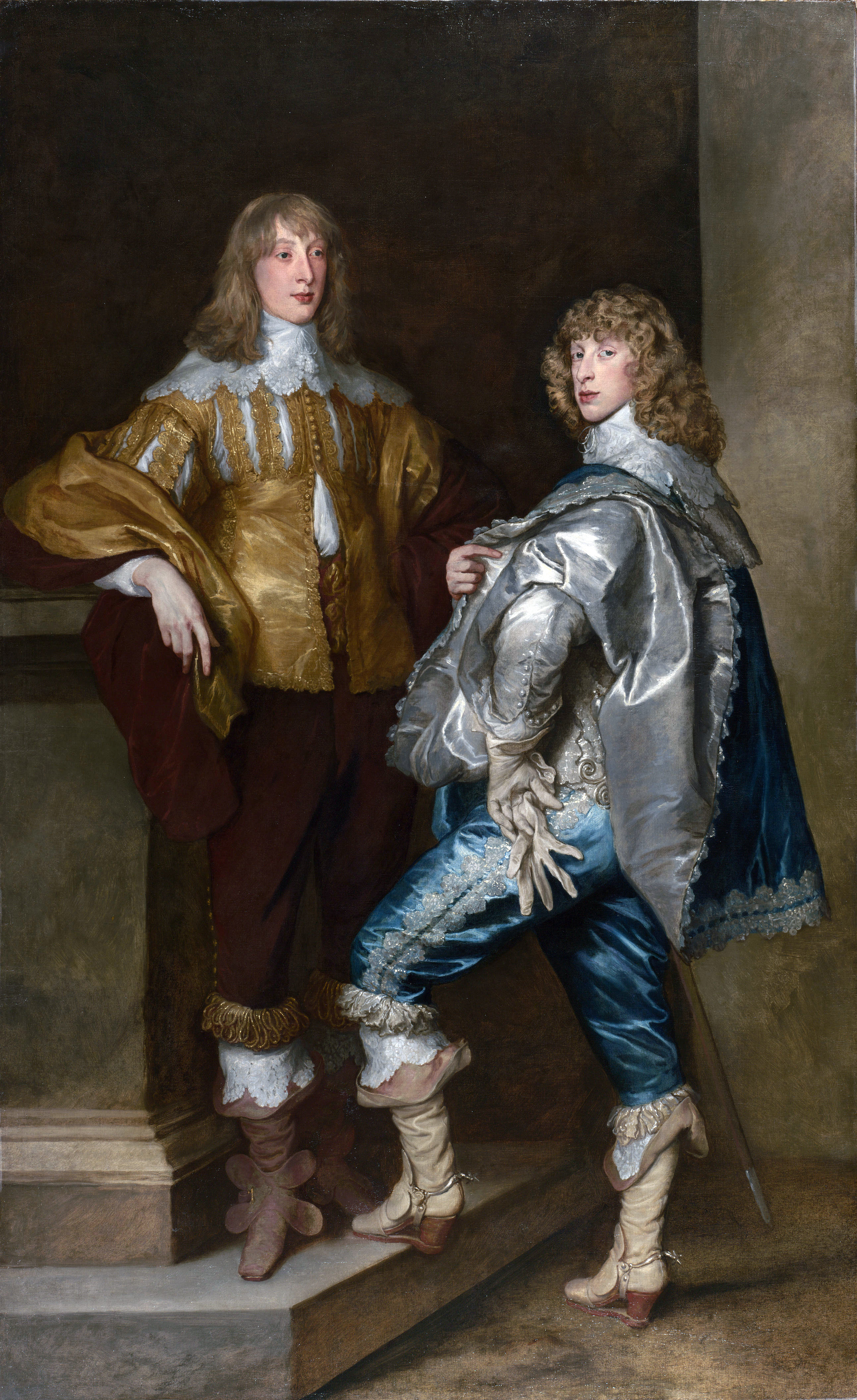
In a book out later this month, I unravel a mystery of my own creation, but I couldn't put it in a vacuum. I love historical mysteries. Who was the Man In The Iron Mask? Who shot JFK? And why did women wear clothes guaranteed to hamper them?
The glib answer to the last question is “fashion.” But that doesn’t really explain anything. It’s not trying to attract a male, either. Who in their right mind would be turned on by a woman wearing an Elizabethan wheel farthingale?
I like Quentin Bell’s explanation. He was the first person to go below the surface and work out what was going on. He was helped by the development of psychology, which by his time was gripping the world. He was also helped by being a member of the Bloomsbury Group, which kept its collective mind open to explorations of every kind.
In his “On Human Finery,” (http://www.amazon.com/Human-Finery-Quentin-Bell/dp/0749000945?ie=UTF8&*Version*=1&*entries*=0)Bell explains the different kinds of reasons for dressing in preposterous clothing. In other words, why not dress in dark-coloured loose pants and T-shirt every day?
Here’s why:

The glib answer to the last question is “fashion.” But that doesn’t really explain anything. It’s not trying to attract a male, either. Who in their right mind would be turned on by a woman wearing an Elizabethan wheel farthingale?
I like Quentin Bell’s explanation. He was the first person to go below the surface and work out what was going on. He was helped by the development of psychology, which by his time was gripping the world. He was also helped by being a member of the Bloomsbury Group, which kept its collective mind open to explorations of every kind.
In his “On Human Finery,” (http://www.amazon.com/Human-Finery-Quentin-Bell/dp/0749000945?ie=UTF8&*Version*=1&*entries*=0)Bell explains the different kinds of reasons for dressing in preposterous clothing. In other words, why not dress in dark-coloured loose pants and T-shirt every day?
Here’s why:
1. Conspicuous consumption. This one is straightforward enough. It’s the desire to display your wealth and status on your body, to say without words how rich and superior you are. Or something subtler, such as wearing totally plain clothes, but dressing your dependants, your servant or your child, for instance, in glory. Think of a Yeoman of the Guard, whose uniform is gold bullion, or a child in fancy duds, or even a footman in livery.

2. Conspicuous Leisure. To wear something that you can’t possibly work in, thus displaying your status. Things like long, white gloves, over-tight corsets and one-shouldered capes.

3. Conspicuous waste. Wearing something that you can afford to throw away. Elaborately embroidered clothes that can’t be cleaned, the ubiquitous white gloves, clothes that drag on the ground.

4. Conspicuous outrage. Clothes that are guaranteed to upset someone, drawing attention without a vulgar display of wealth. This can be something that shows a part of the body usually hidden, like a topless bikini or a codpiece. It shows the wearer’s contempt for the rest of society, and his or her disdain for the norm. This is the aspect that drives fashion, because as soon as the outrage becomes acceptable, like miniskirts or revealing the bosom, the wearer will move on to something new.
The first three were originally outlined by Veblen, but the fourth is Bell’s. It’s a stroke of genius, explaining the others and itself even more. Of course there’s a lot more to it, but I’d strongly advise getting the book and finding out for yourself!
There, another historical mystery solved!
That’s why research is so important to what I do. I need to find out why and how, not just what. So no aristocrat ever became a pirate. Why not? Why didn’t women declare their independence earlier? Why didn’t the Young Pretender continue on his victorious advance in the ‘forty-five and conquer London?
I do my best to find out. Sometimes there’s no definitive fashion. Other times, there’s a simple answer. But if I don’t understand these things, I can’t write believable history. I can’t take people back in time with me.
Lynne Connolly

2. Conspicuous Leisure. To wear something that you can’t possibly work in, thus displaying your status. Things like long, white gloves, over-tight corsets and one-shouldered capes.
3. Conspicuous waste. Wearing something that you can afford to throw away. Elaborately embroidered clothes that can’t be cleaned, the ubiquitous white gloves, clothes that drag on the ground.

4. Conspicuous outrage. Clothes that are guaranteed to upset someone, drawing attention without a vulgar display of wealth. This can be something that shows a part of the body usually hidden, like a topless bikini or a codpiece. It shows the wearer’s contempt for the rest of society, and his or her disdain for the norm. This is the aspect that drives fashion, because as soon as the outrage becomes acceptable, like miniskirts or revealing the bosom, the wearer will move on to something new.
The first three were originally outlined by Veblen, but the fourth is Bell’s. It’s a stroke of genius, explaining the others and itself even more. Of course there’s a lot more to it, but I’d strongly advise getting the book and finding out for yourself!
There, another historical mystery solved!
That’s why research is so important to what I do. I need to find out why and how, not just what. So no aristocrat ever became a pirate. Why not? Why didn’t women declare their independence earlier? Why didn’t the Young Pretender continue on his victorious advance in the ‘forty-five and conquer London?
I do my best to find out. Sometimes there’s no definitive fashion. Other times, there’s a simple answer. But if I don’t understand these things, I can’t write believable history. I can’t take people back in time with me.
Lynne Connolly
http://lynneconnolly.com






2 comments:
O. I do so love research. Interesting. Thanks for sharing. There are some women who say fashion was used to constrain women, keep them in their place. Shrug.
Fascinating! Research unveils some of the most interesting things. :)
Post a Comment